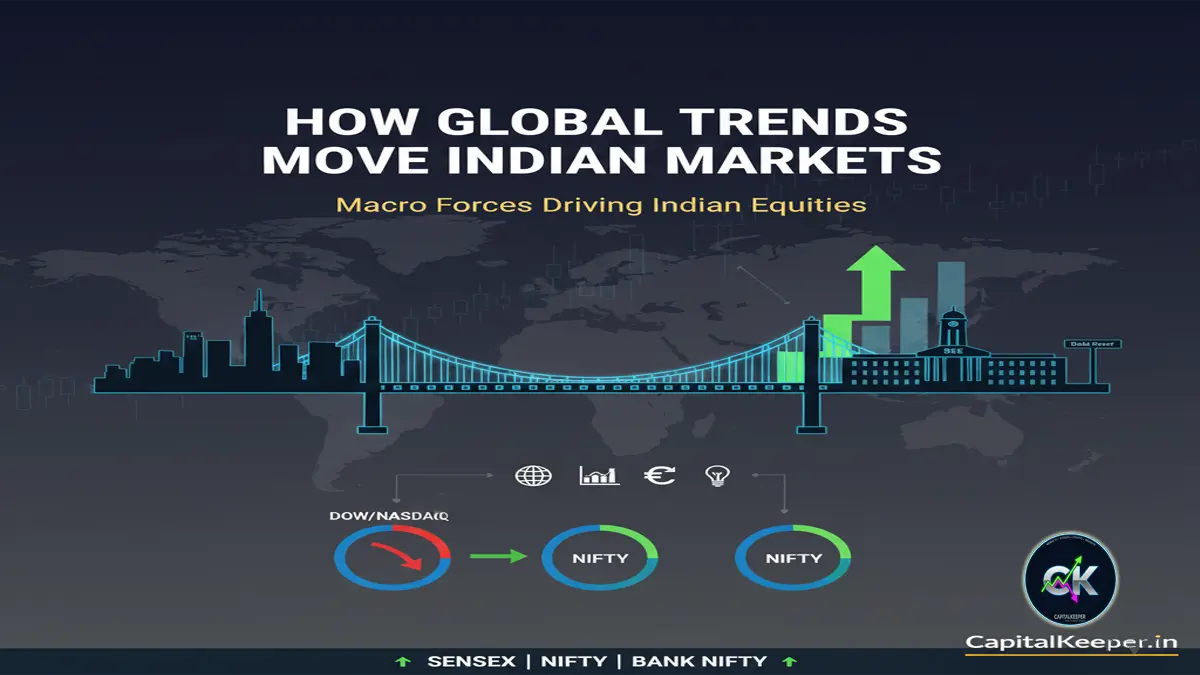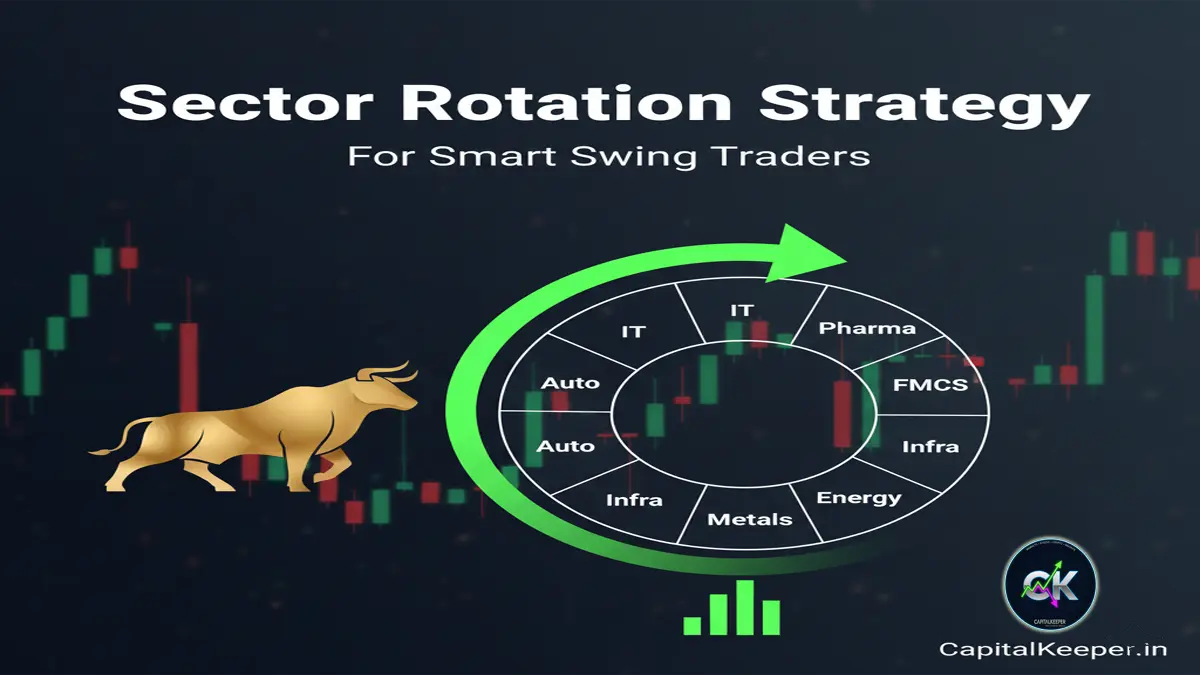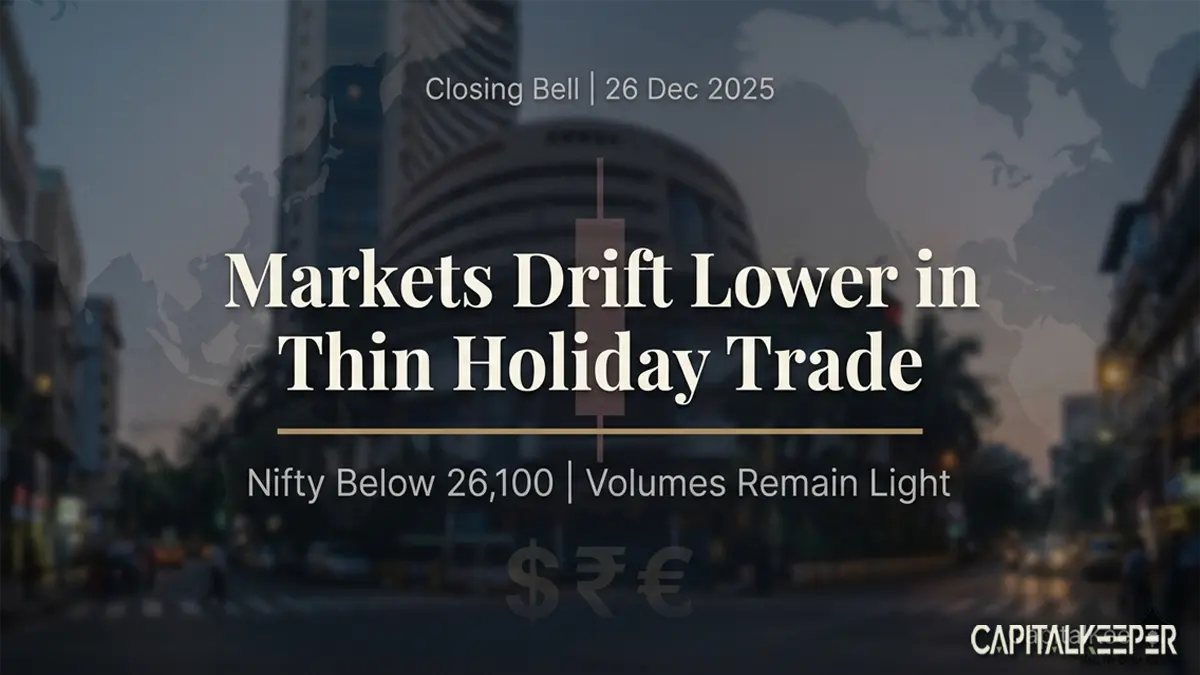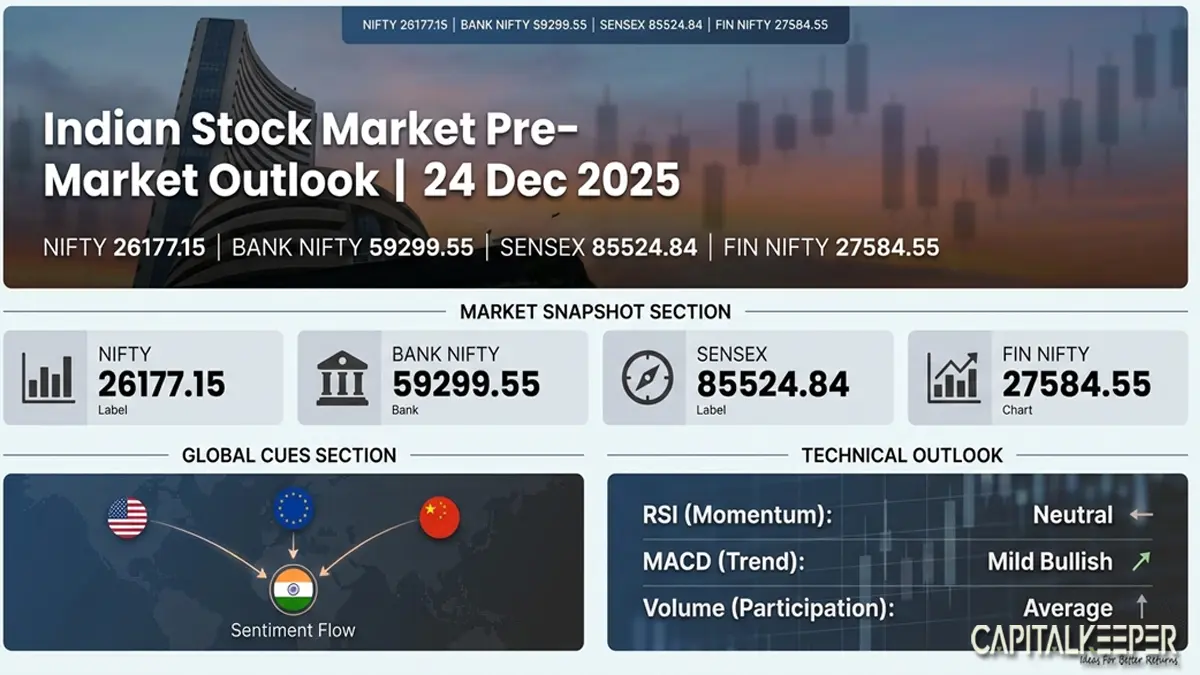What is a Dividend ETF and Should You Invest in It? | 2025 Investor’s Guide
By CapitalKeeper | Beginner’s Guide | ETF | Market Moves That Matter
📊 What is a Dividend ETF and Should You Invest in It?
Discover what a Dividend ETF is, how it works, and whether it fits into your portfolio. Learn the pros, cons, risks, and strategies to decide if dividend ETFs are worth investing in 2025.
Introduction
For investors, the allure of steady income + market growth is irresistible. That’s where Dividend Exchange-Traded Funds (ETFs) come in. They combine the simplicity of ETFs with the stability of dividend-paying stocks. But are they right for you in 2025’s market environment — one marked by higher interest rates, volatile equities, and global economic uncertainty?
In this blog, we’ll dive deep into what dividend ETFs are, how they work, their advantages, risks, and whether you should consider them as part of your portfolio.
What is a Dividend ETF?
A Dividend ETF is an exchange-traded fund that invests in a basket of dividend-paying stocks. Instead of buying individual companies, investors get exposure to a diversified set of firms that regularly share profits with shareholders in the form of dividends.
Key Features of Dividend ETFs:
- Diversification: Holds 30–100+ dividend-paying companies.
- Regular Income: Provides dividends, often distributed quarterly.
- Liquidity: Traded on stock exchanges like regular shares.
- Cost-Effective: Lower expense ratios compared to actively managed mutual funds.
In simple words: A Dividend ETF = Passive income + diversification in one trade.
Types of Dividend ETFs
Not all dividend ETFs are the same. Here’s a quick breakdown:
- High Dividend Yield ETFs
- Focus on companies paying high dividend yields.
- Example: Utilities, telecom, energy companies.
- Risk: Sometimes high yield = financial stress.
- Dividend Growth ETFs
- Focus on firms with a consistent history of increasing dividends (e.g., Dividend Aristocrats).
- Example: FMCG, IT services, pharma blue chips.
- Safer for long-term compounding.
- International Dividend ETFs
- Provide exposure to dividend-paying companies outside India.
- Good for diversification but exposed to currency risks.
- Sectoral Dividend ETFs
- Focus on specific dividend-heavy sectors (e.g., Banks, Energy, REITs).
How Do Dividend ETFs Work?
- Construction: The fund manager creates an index of dividend-paying companies.
- Weighting: Stocks may be weighted by dividend yield, market cap, or equal-weighted.
- Payout: Dividends earned from the underlying stocks are pooled and distributed to ETF holders.
- Trading: Investors buy/sell ETF units directly on the exchange, just like any other stock.
👉 In India, some popular dividend-yielding ETFs include Nippon India Dividend Yield ETF and ICICI Prudential Dividend Yield ETF. Globally, big names include Vanguard High Dividend Yield ETF (VYM) and iShares Select Dividend ETF (DVY).
Why Investors Choose Dividend ETFs
1. Passive Income Stream
In uncertain markets, dividends provide a cushion. Even if prices fluctuate, you still receive regular payouts.
2. Diversification Without Effort
Instead of picking 10–20 dividend stocks individually, a dividend ETF gives you exposure to dozens.
3. Lower Risk Than Pure Growth ETFs
Since dividend-paying companies are usually established and profitable, they offer relative stability compared to speculative growth stocks.
4. Liquidity & Flexibility
Unlike traditional dividend mutual funds, ETFs can be bought or sold anytime during market hours.
5. Tax Efficiency
In many markets, ETFs are structured to be more tax-efficient than actively managed funds.
Risks of Dividend ETFs
Like any investment, dividend ETFs are not risk-free.
- Dividend Traps
High dividend yields can sometimes signal financial trouble. Example: A falling stock price increases the yield percentage artificially. - Interest Rate Sensitivity
When interest rates rise, bond yields look more attractive, often pulling money away from dividend ETFs. - Concentration Risk
Some ETFs are heavily weighted toward financials, utilities, or energy sectors, making them less diversified than they appear. - Market Volatility
Dividend-paying stocks still fall during bear markets; dividends can soften the blow but not eliminate losses. - Expense Ratios
Though lower than mutual funds, dividend ETFs still have costs. Over decades, even small fees can eat into returns.
Dividend ETFs vs. Dividend Stocks
| Feature | Dividend ETF | Dividend Stock |
|---|---|---|
| Diversification | High (30–100+ stocks) | Low (1 stock) |
| Risk | Spread out | Company-specific |
| Income | Regular but averaged | Can be higher if stock grows |
| Control | Low (fund decides holdings) | High (you pick stock) |
| Effort | Minimal | Requires research, monitoring |
Verdict: If you want simplicity & passive investing, go for a Dividend ETF. If you prefer control & stock-picking, stick with individual dividend stocks.
Should You Invest in Dividend ETFs in 2025?
Let’s link this to the current market environment (2025):
- High Volatility: Equity markets are witnessing sharp moves due to global interest rates and AI-driven market rotations.
- Steady Domestic Demand: Indian consumption, banking, and infra sectors are resilient, keeping dividend yields healthy.
- Global Trends: With US and EU slowing, dividend ETFs are becoming attractive for defensive investors.
👉 If you are a long-term investor seeking stability + passive income, dividend ETFs are worth considering in 2025.
Who Should Invest:
✅ Conservative investors seeking steady income.
✅ Retirees looking for regular payouts.
✅ Beginners who want diversification without active management.
✅ Global investors seeking exposure to India’s dividend growth story.
Who Should Avoid:
❌ Aggressive traders chasing high-growth tech stocks.
❌ Investors unwilling to accept moderate returns.
❌ Those who prefer direct control over stock selection.
How to Pick the Right Dividend ETF
- Check Dividend Yield (but avoid extremely high yields that look unsustainable).
- Look at Dividend Growth History – consistency matters more than one-off payouts.
- Diversification – ensure sector balance.
- Expense Ratio – lower is better.
- Liquidity – choose ETFs with high trading volume.
Final Thoughts
Dividend ETFs in 2025 are emerging as a smart blend of income + growth. They are not designed to make you rich overnight but to provide stability, regular income, and long-term compounding.
If your portfolio already has aggressive growth stocks or sectoral bets, adding a Dividend ETF can balance risk and provide steady cash flow.
In short:
- Young investors can use them as a stable foundation.
- Mid-career investors can reinvest dividends to grow wealth faster.
- Retirees can use them for income without selling principal.
👉 In 2025’s uncertain yet opportunity-rich markets, a Dividend ETF can be your anchor investment.
📌 For daily trade setups, technical learning, and smart investing tips, stay tuned to CapitalKeeper.in
📌 For more real-time updates, trade setups, and investment insights — follow us on [Telegram] and [WhatsApp Channel] subscribe to our newsletter!

Subscribe Now , Join Telegram the Crypto Capital Club, Get Free Crypto Updates
📌 Disclaimer
The content provided on CapitalKeeper.in is for informational and educational purposes only and does not constitute investment, trading, or financial advice. While we strive to present accurate and up-to-date market data and analysis, we make no warranties or representations regarding the completeness, reliability, or accuracy of the information.
Stock market investments are subject to market risks, and readers/investors are advised to conduct their own due diligence or consult a SEBI-registered financial advisor before making any investment decisions. CapitalKeeper and its authors are not liable for any loss or damage, direct or indirect, arising from the use of this information.
All views and opinions expressed are personal and do not reflect the official policy or position of any agency or organization. Past performance is not indicative of future results.By using this website, you agree to the terms of this disclaimer.
Ranjit Sahoo
Founder & Chief Editor – CapitalKeeper.in
Ranjit Sahoo is the visionary behind CapitalKeeper.in, a leading platform for real-time market insights, technical analysis, and investment strategies. With a strong focus on Nifty, Bank Nifty, sector trends, and commodities, she delivers in-depth research that helps traders and investors make informed decisions.
Passionate about financial literacy, Ranjit blends technical precision with market storytelling, ensuring even complex concepts are accessible to readers of all levels. Her work covers pre-market analysis, intraday strategies, thematic investing, and long-term portfolio trends.
When he’s not decoding charts, Ranjit enjoys exploring coastal getaways and keeping an eye on emerging business themes.
📌 Follow Ranjit on:
LinkedIn | Twitter/X | Instagram | ✉️ contact@capitalkeeper.in
















Leave a Reply